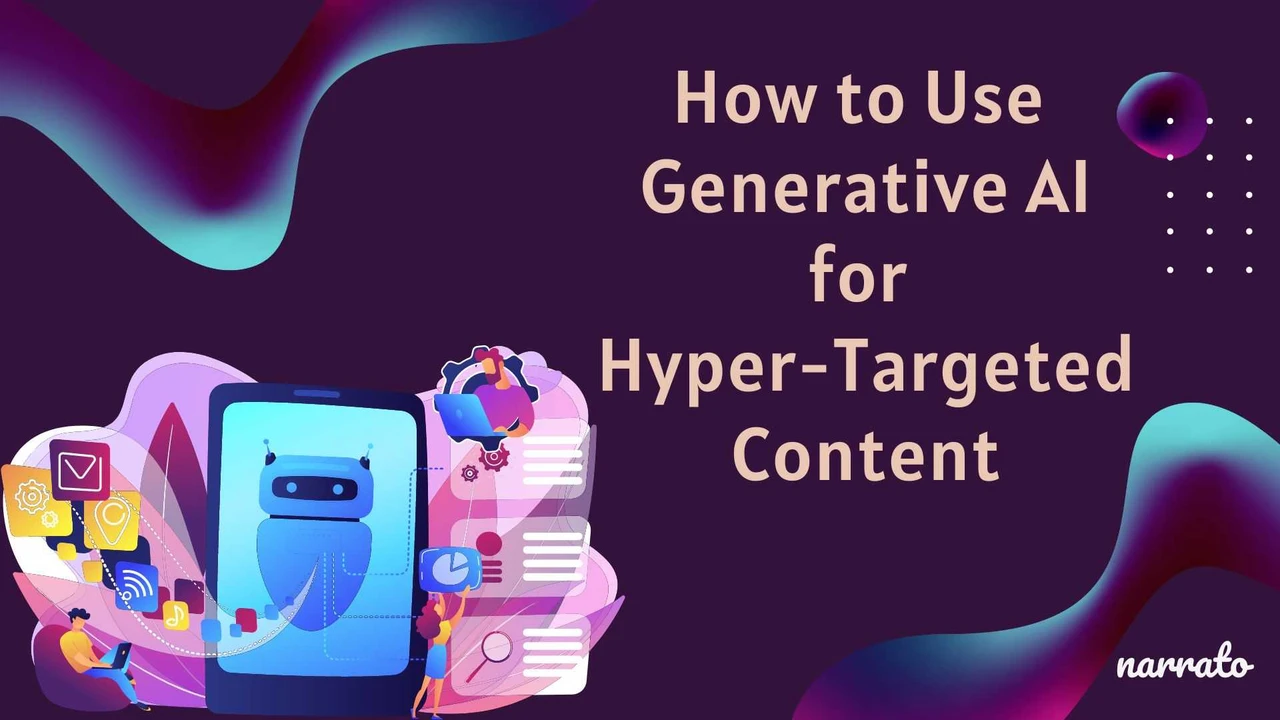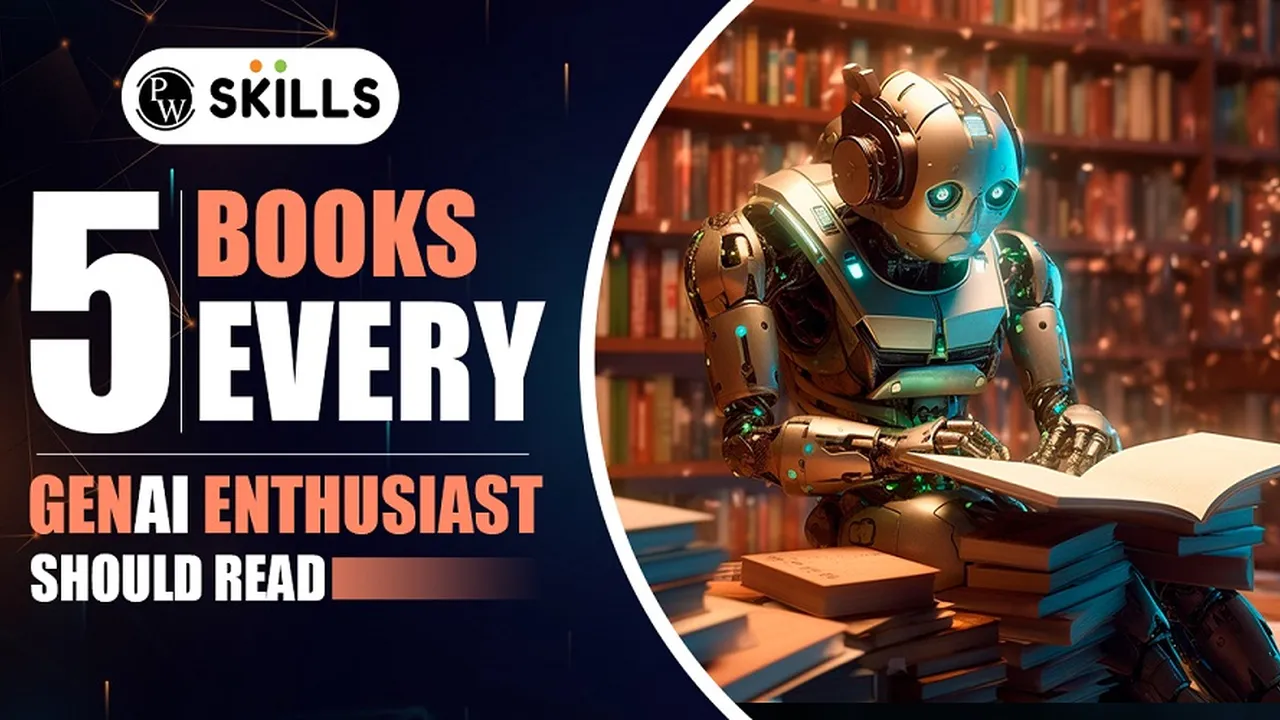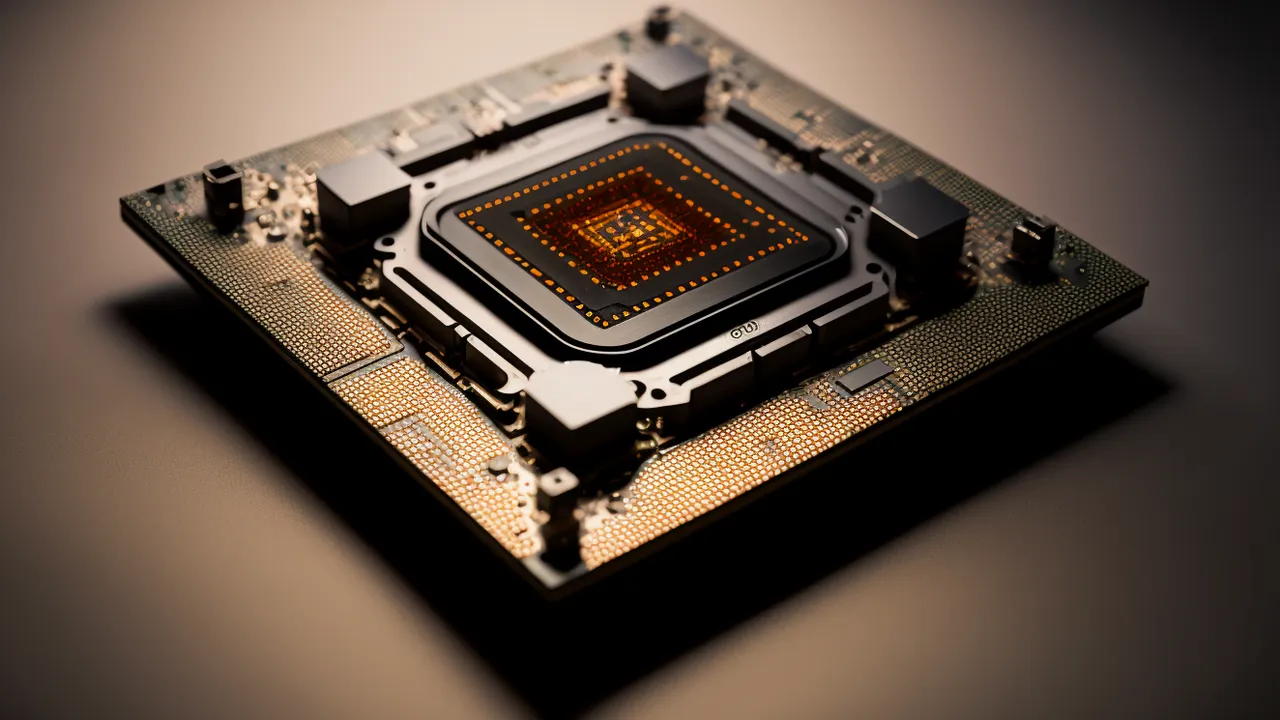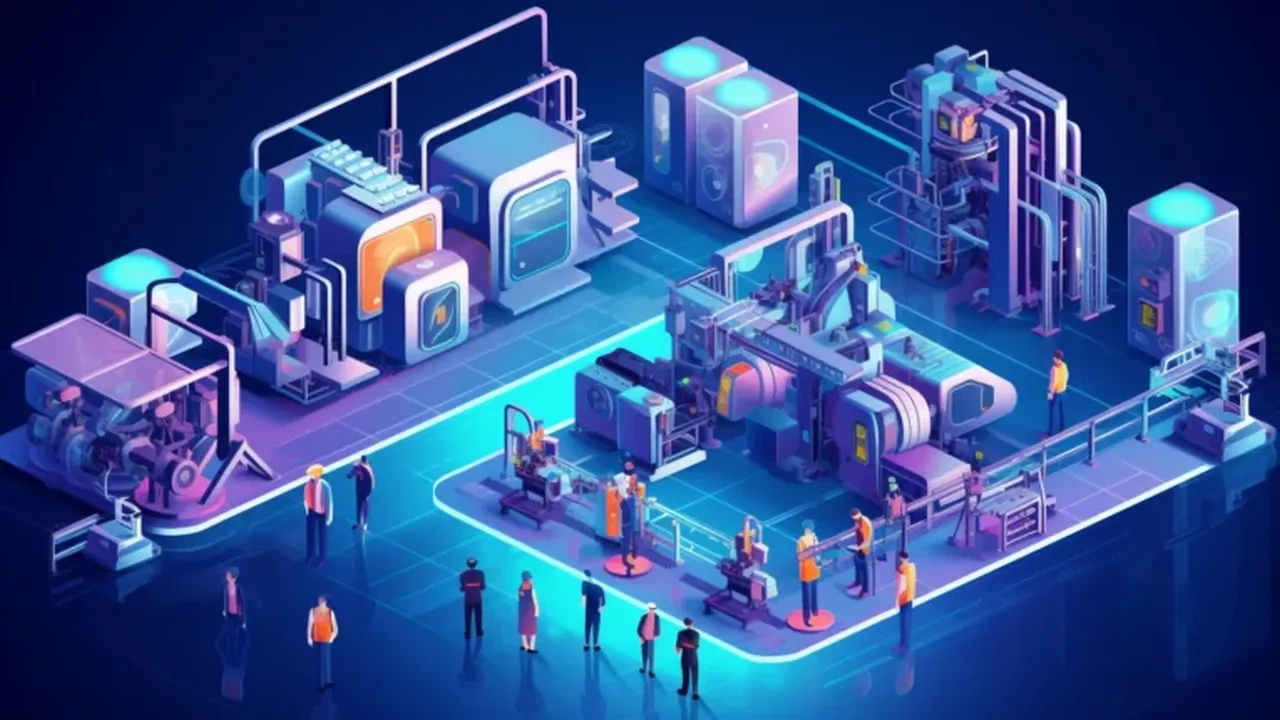Generative AI: Creating New Content with AI

Explore generative AI and its ability to create new content with AI. This article discusses the applications of generative AI in art, music, and literature. Discover the future of AI-driven creativity.
Understanding Generative AI What is it and How Does it Work
Okay, let's dive into generative AI. What is it exactly? Well, simply put, it's a type of artificial intelligence that can generate new content. Think images, music, text, even videos! It’s like having a digital artist or composer at your fingertips. The magic happens using machine learning models, often based on neural networks. These models are trained on massive datasets to learn the underlying patterns and structures of the data. Once trained, they can generate new data that resembles the original training data but is entirely new.
Key Generative AI Techniques and Models for Content Creation
There are a few key techniques that power generative AI. One of the most popular is Generative Adversarial Networks, or GANs. GANs involve two neural networks: a generator and a discriminator. The generator creates new content, and the discriminator tries to distinguish between the generated content and real content. They compete against each other, constantly improving the generator's ability to create realistic content. Another important technique is Variational Autoencoders, or VAEs. VAEs learn a compressed representation of the input data and then use this representation to generate new data. These techniques are used in a wide range of applications, from creating realistic images to generating music and text.
Generative AI in Art Examples and Applications
Generative AI is revolutionizing the art world. Imagine AI creating stunning visuals, unique artwork, and even helping artists explore new creative avenues. Tools like DALL-E 2 and Midjourney are letting anyone create images from text prompts. You can type in "a cat riding a unicorn in space," and boom, you get a picture! This has opened up new possibilities for artists and designers, allowing them to quickly prototype ideas and create unique artwork. Beyond image generation, AI is also being used to create music, poetry, and even scripts for movies and TV shows. The possibilities are truly endless.
Generative AI in Music Examples and Applications
Music is another area where generative AI is making waves. AI can compose melodies, harmonies, and even entire songs. Tools like Amper Music and Jukebox allow users to create original music without any musical experience. You can specify the genre, mood, and length of the song, and the AI will generate a unique piece of music. This is particularly useful for content creators who need background music for their videos or podcasts. AI is also being used to personalize music recommendations and create interactive music experiences. Imagine an AI that composes music based on your mood or activity level.
Generative AI in Literature Examples and Applications
Generative AI is also making its mark in the world of literature. AI can generate text in various styles, from poetry to prose. Tools like GPT-3 can write articles, scripts, and even entire novels. While AI-generated text may not always be perfect, it can be a valuable tool for writers and content creators. AI can help with brainstorming ideas, generating drafts, and even editing and proofreading. It's like having a digital writing assistant that can help you overcome writer's block and create high-quality content more efficiently.
Specific Generative AI Tools and Product Comparisons with Pricing and Use Cases
Let's get into some specific tools! Here are a few popular generative AI platforms, along with their pricing, use cases, and a brief comparison:
DALL-E 2 Image Generation Tool
Use Case: Creating realistic and imaginative images from text prompts. Great for artists, designers, and content creators who need unique visuals.
Features: High-quality image generation, image editing capabilities, and a user-friendly interface.
Pricing: Credits-based system. New users get free credits, and additional credits can be purchased. Prices vary depending on the number of credits.
Comparison: DALL-E 2 is known for its ability to generate highly realistic and detailed images. It excels at understanding complex text prompts and creating visually stunning artwork.
Midjourney Image Generation Tool
Use Case: Creating artistic and abstract images from text prompts. Popular among artists and designers who want to explore new creative styles.
Features: Unique artistic styles, a vibrant community, and a collaborative platform.
Pricing: Subscription-based. Different tiers offer varying levels of access and features.
Comparison: Midjourney is known for its artistic and expressive image generation. It's a great choice for those who want to create unique and visually striking artwork.
GPT-3 Text Generation Tool
Use Case: Generating human-like text for various applications, including writing articles, scripts, and code.
Features: High-quality text generation, a wide range of applications, and a customizable API.
Pricing: Pay-as-you-go. Prices vary depending on the number of tokens used.
Comparison: GPT-3 is known for its ability to generate highly coherent and natural-sounding text. It's a versatile tool that can be used for a wide range of applications.
Amper Music Music Generation Tool
Use Case: Creating original music for videos, podcasts, and other content.
Features: A wide range of musical genres, customizable parameters, and a user-friendly interface.
Pricing: Subscription-based. Different tiers offer varying levels of access and features.
Comparison: Amper Music is known for its ease of use and its ability to generate high-quality music quickly. It's a great choice for content creators who need background music for their projects.
Jukebox Music Generation Tool
Use Case: Generating music in various styles, including popular genres and experimental sounds.
Features: High-quality music generation, a wide range of styles, and a customizable interface.
Pricing: Varies depending on usage and features. Check their website for details.
Comparison: Jukebox is known for its ability to generate diverse and experimental music. It's a great choice for musicians and artists who want to explore new sonic landscapes.
The Future of Generative AI What to Expect
The future of generative AI is bright! We can expect to see even more sophisticated tools that can generate even more realistic and creative content. AI will become an integral part of the creative process, helping artists, musicians, and writers explore new possibilities and push the boundaries of creativity. We'll also see AI being used to personalize content experiences, creating unique and engaging experiences for individuals. The possibilities are truly endless, and it's an exciting time to be involved in the world of generative AI.
Ethical Considerations Surrounding Generative AI and Content Creation
With all this power comes responsibility. It's crucial to consider the ethical implications of generative AI. Issues like copyright infringement, deepfakes, and the potential for misuse need to be addressed. We need to develop guidelines and regulations to ensure that generative AI is used responsibly and ethically. Transparency and accountability are key to building trust in AI-generated content. It's important to be aware of the potential risks and to take steps to mitigate them.
Getting Started with Generative AI Resources and Learning Paths
Want to get your hands dirty? There are tons of resources available online. Start with free courses on platforms like Coursera and edX. Explore open-source libraries like TensorFlow and PyTorch. Join online communities and forums to connect with other AI enthusiasts. Experiment with different generative AI tools and see what you can create. The best way to learn is by doing, so don't be afraid to jump in and start exploring the world of generative AI.
:max_bytes(150000):strip_icc()/277019-baked-pork-chops-with-cream-of-mushroom-soup-DDMFS-beauty-4x3-BG-7505-5762b731cf30447d9cbbbbbf387beafa.jpg)






